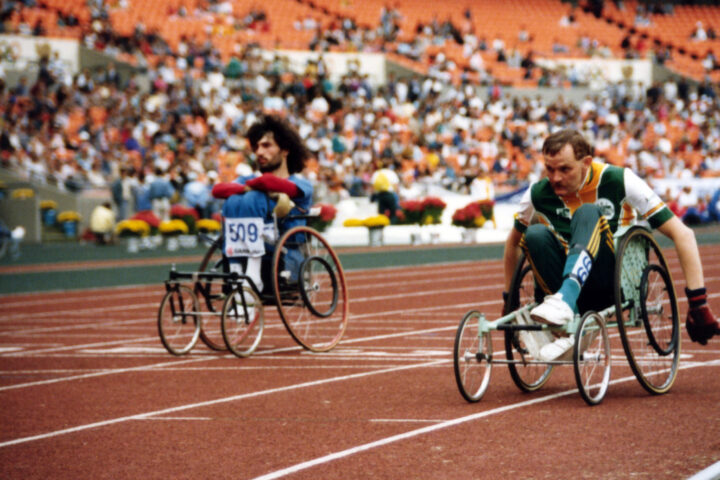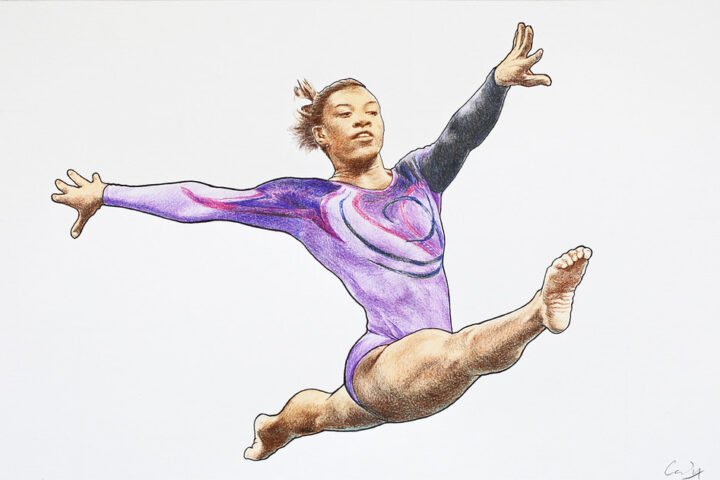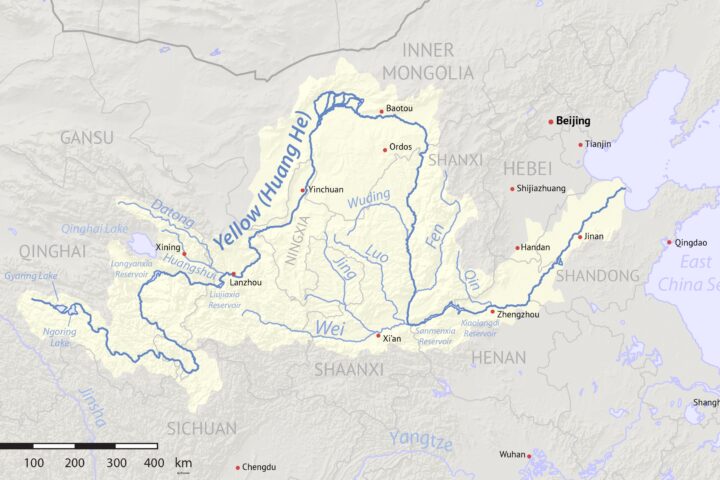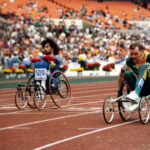Source: Wikimedia_By Baseball_vedub4usFootball (soccer ball_Own work, CC BY-SA 4.0
If you ever decide to become a sportsperson, always remember that it will demand a high level of both physical and mental endurance from you. You will always need to go a step further from what normal people do for their health and training to emerge as the best in your sport.
But some sports ask for more in comparison to the others. Some sports training routines ask their athletes to push their boundaries and the limits of the human body, and they tread very close to undermining the safety of the individual. No, I am not talking about extreme sports. I am talking about traditional sports which ask for just as much as extreme sports do.
Mixed Martial Arts (MMA) Training

Source: by pickpik_men-match-competition-fighting
MMA is the first sport we talk about in this list. MMA fighters need to train to become the best in their field and they are conditioned accordingly. The training routines they follow require them to partake in strength training, sparring sessions with fellow fighters, and learn about cardiovascular endurance. This sounds like nothing but their routine is nothing less than deadly and they have to maintain peak physical condition and keep on sparring every other day. Regular practice like this means that injuries are a common occurrence in their training and they expect to get hurt every now and then. But it’s the level of injuries which is worrisome.
MMA fighters suffer from broken bones, ligament tears, and concussions as part of their training and competing. One real-life example is that of Anderson Silva whose leg snapped during a kick in a UFC match in 2013. Another thing to worry about is the repeated head trauma fighters go through because of practice and real time sparring. This has become the reason behind long-term brain injuries for a lot of former fighters.
Gymnastics Training

Source: pexels/photo/a-girl-doing-gymnastics-on-a-balance-beam
Today, Simone Biles has emerged as the ‘Greatest Of All Time’ in gymnastics as she performs awe inspiring stunts in every tournament of hers. But the hard work, resilience, and precision being mastered during the training sessions also needs to be respected.
Gymnastics is a sport that demands its players to practice their flexibility and strength regularly. The training routines aren’t gentle at all with the athletes getting into them at a very young age. They learn how to train for relentlessly long hours before they hit double digits!
As a testament to how difficult the sport really is and how easy the pros make it look, let us recount what happened to one of the most promising athletes of her time, Julissa Gomez. In a tragic incident in 1988, Gomez got paralyzed after attempting vaulting and passed away later due to the same. This is a grave reminder for all gymnasts and authorities out there who then train relentlessly and through pain to achieve the perfect form.
High-Altitude Training

Source: https://www.pickpik.com/adventure-altitude-backpack-climb-exploration-dom-35640
Many athletes decide they need to do something better than just their normal routine and get into High-altitude training to use it as a means of improving their endurance. As they would go to higher altitudes, they would learn to adjust their bodies to make do with what little oxygen is present up there. This will improve their endurance. So, it’s a common practice amongst endurance athletes but the risks can outweigh whatever the athlete thinks is in store for them.
Hannelore Schmatz, today, is known as the fourth woman to have reached and first woman to have died on Everest. And this happened because she also went up to the high-altitude environment of the Himalayas in 1979 in an attempt to reach the top. But on her journey back, the climber was so exhausted that she couldn’t do anything but succumb to the tiredness and got frostbite. This resulted in her death and her body remained on the mountain for years.
Diving Training

_Summer_Youth_Olympics_by_Sandro_Halank
Last but certainly not the least in this list is Diving, which is a sport all about jumping into water from a good height while performing acrobatic stunts. This height is usually more than 10 meters.
It sounds simple but it is anything but. Once they come into contact with water after jumping from a height, the effects on the divers can be pretty harsh. It is very painful. They do while maintaining awesome muscle control and performing somersaults, twists, and more tricks. And there is also the risk of spinal injuries in divers if they mess up their entry into the water. So, it can be pretty tough.
In the case for Greg Louganis, the Olympic diver unfortunately hit his head hard on the diving board when he was competing in the 1988 Seoul Olympics. Fortunately for him, he recovered in time from the concussion he had gotten and went on to win gold. But his injury was warning enough for many onlookers that the sport is risk and his accident could have been much worse.
In conclusion, we find that sports training routines can be quite straining and many ask their sportspeople to sacrifice and go beyond their limits a little too much. But athletes still compete because at the end of the day, playing in any sport is a mark of resilience, self-confidence, hard work, and great triumph.
Resources
- HUDSON, M. (1988, June 25). The Unthinkable Happens : Gymnast Gomez, 15, in Coma After Suffering Broken Neck During Warmups. Los Angeles Times; Los Angeles Times. https://www.latimes.com/archives/la-xpm-1988-06-25-sp-5044-story.html
- Gunston, J. (2023, October 3). How do gymnasts recover physically and mentally from tough training regimes? Olympics.com; International Olympic Committee. https://olympics.com/en/news/how-do-gymnasts-recover-physically-mentally-tough-training-regimes
- MMA Workout Plan: Routine of A Fighter. (2024). Total Shape. https://totalshape.com/training/mma-workout-plan/
- The high-intensity MMA workout to build strength and muscle endurance – Muscle & Fitness. (2018, April 4). Muscle & Fitness. https://www.muscleandfitness.com/routine/workouts/workout-routines/mma-workout/
- The Story Behind Anderson Silva and His Horrific Leg Injury – EssentiallySports. (2019, December 27). EssentiallySports. https://www.essentiallysports.com/the-story-behind-anderson-silva-and-his-horrific-leg-injury/
- Onion, A. (2021, June 10). How Greg Louganis’ Olympic Diving Accident Forced a Conversation About AIDS. HISTORY. https://www.history.com/news/greg-louganis-diving-accident-aids
- Stentvedt, L. (2017, August 23). Is Learning to Dive Hard? Padi.com. https://blog.padi.com/learning-dive-hard/
- DeLong, W. (2018, April 7). The Story Of Hannelore Schmatz, The First Woman To Die On Everest. All That’s Interesting; All That’s Interesting. https://allthatsinteresting.com/hannelore-schmatz
- Editor in Chief. (2016, August 2). 10 Advantages and Disadvantages of Altitude Training. ConnectUS. https://connectusfund.org/10-advantages-and-disadvantages-of-altitude-training

















